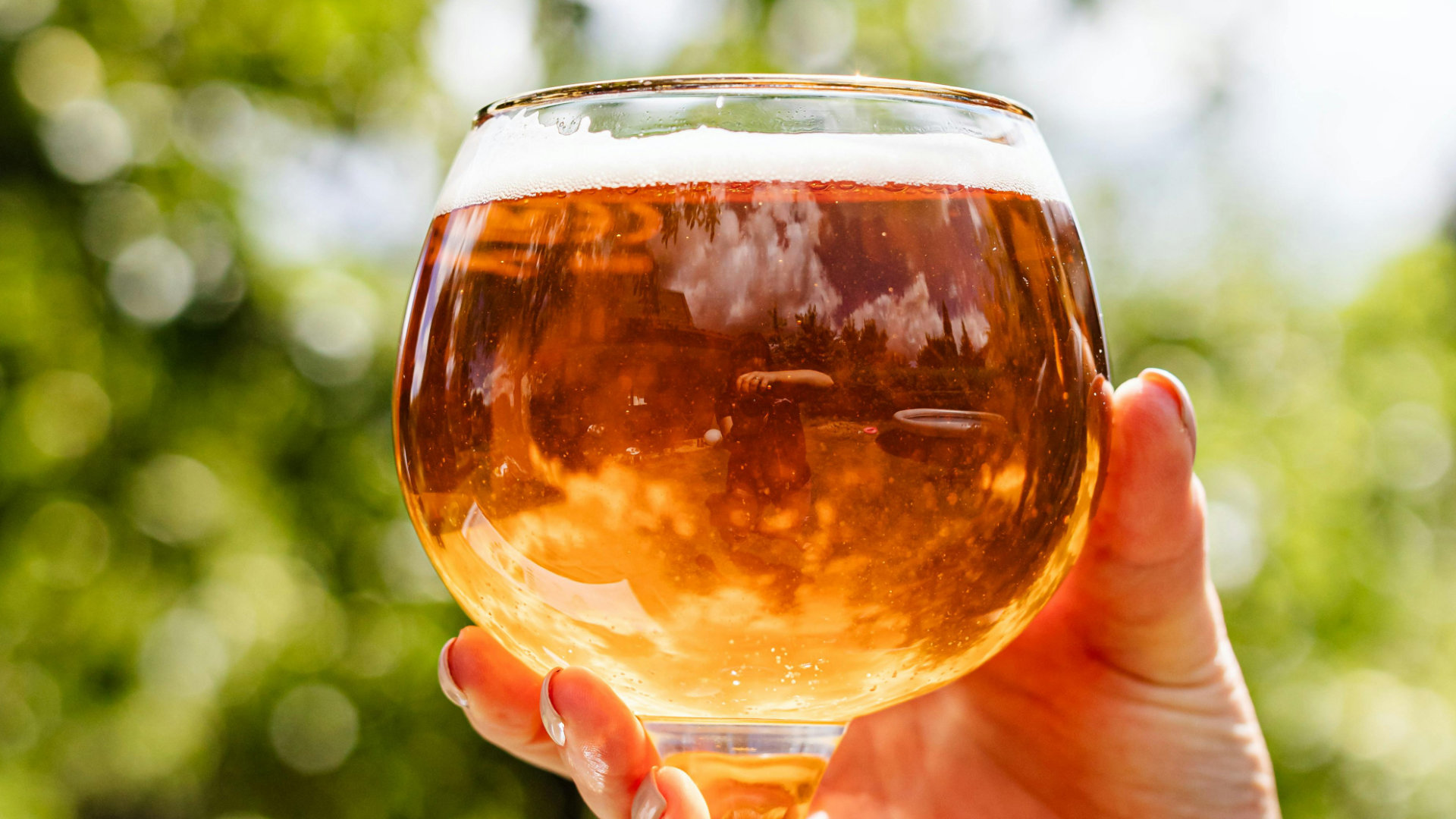1700s: The Birth of Pale Ale
British brewers begin producing pale ales using coke-fired malt, leading to lighter-coloured beers.These early pale ales are not yet called IPAs but lay the groundwork for the style.
Late 1700s: Export to India
British traders and soldiers stationed in India demand beer from home. Hoppier pale ales, already in production in Britain, survived the long boat journey well, thanks to the preservative qualities of the hops.
1829: The First Mention of "India Pale Ale"
The term "India Pale Ale" appears in an Australian newspaper ad, marking the first recorded use of the name.
Mid 1800s: IPA Becomes Popular in Britain
Characterised by high attenuation, strong bitterness, and a dry finish, IPAs gain popularity in Britain, with breweries like Bass and Hodgson producing well-known versions.
Late 1800s: IPA Declines in Popularity
As refrigeration and new brewing techniques emerge, IPAs lose favour in Britain. Milder ales and lagers become more dominant.
1975: The Birth of the American IPA
Anchor Brewing releases Liberty Ale, considered the first modern American IPA. Cascade hops introduce citrus and pine flavours, setting the stage for West Coast IPAs.
1980s: The Rise of Craft Brewing
Sierra Nevada Pale Ale (1980) and other hop-forward beers inspire a new generation of brewers. American IPAs become bolder, with higher bitterness and more aromatic hop profiles
1990s: West Coast IPA Dominates
Breweries like Stone, Lagunitas, and Russian River push the boundaries of hop intensity. The West Coast IPA style emerges, defined by aggressive bitterness and resinous hop flavours.
2000s: The New England IPA Revolution
The hazy, juicy IPA trend begins with U.S. breweries like The Alchemist and Tree House. NEIPAs focus on soft mouthfeel, low bitterness, and intense fruit-forward hop character.
2010 - present: Experimental IPAs Take Over & Evolve
Milkshake IPAs, Brut IPAs, and Black IPAs emerge, showcasing the style’s versatility. Double and Triple IPAs push ABV limits, while session IPAs offer lower-alcohol alternatives. New hop varieties keep pushing innovation. Sustainability concerns lead to more efficient hop usage and alternative brewing techniques.











